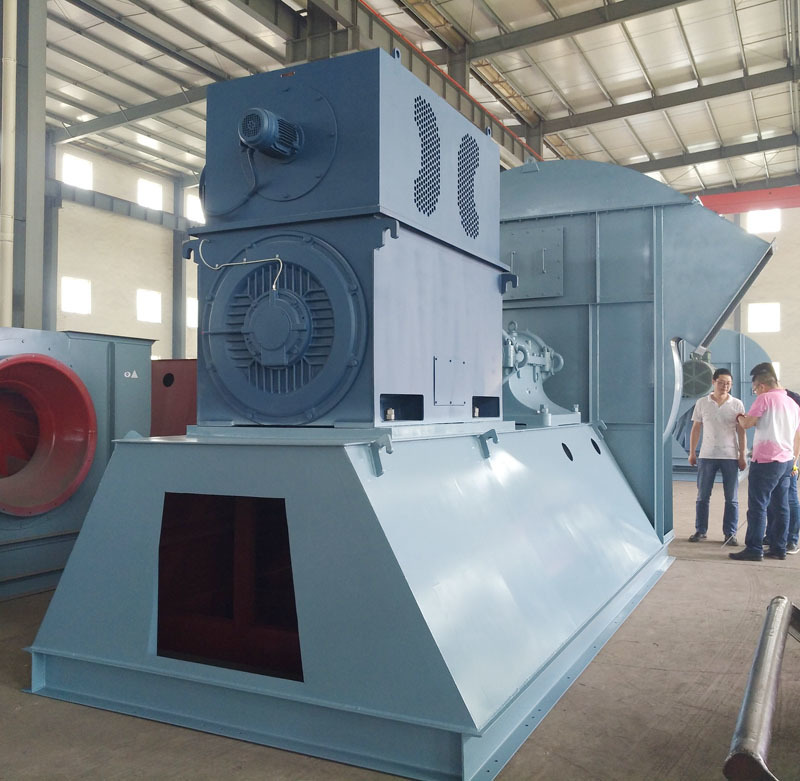What is the specific function of an incinerator?
Release time:
2022-04-29
Everyone should be familiar with incinerators. To put it simply, they know it is used to burn objects. However, there are many applications and values that are not well understood. Let's briefly introduce them below.
With the continuous development of our national economy and the improvement of people's living standards and urbanization levels, the amount of urban solid waste is increasing, leading to increasingly serious environmental pollution of water, farmland soil, and air. The treatment of municipal solid waste has become one of the important factors affecting environmental protection, urban construction, people's lives, and sustainable economic development. Therefore, how to effectively handle urban household waste has become a very urgent issue we face.

Everyone should be familiar withIncineratorIn simple terms, they also know that it is used to burn objects. However, there are many who are unclear about its practical value. What exactly are its uses? Below, I will briefly introduce it.
Incinerators are not only used to solve the waste problems of daily life but also to address some harmful organic waste gases. Its principle is to ignite waste blocks that must be treated at high temperatures using coal, natural gas, gasoline, or diesel, thereby achieving the purpose of disinfection and sterilization. It can dissolve harmful chemicals in various organic waste gases at high temperatures and can also dissolve large organic substances, reducing volume and further enhancing comprehensive utilization.
In summary, the application of incinerators is very common, especially for municipal waste treatment, industrial production, and other manufacturing industries. They can reasonably incinerate waste, jointly kill harmful substances and pathogens at high temperatures, ensuring that people are not subjected to environmental pollution caused by pathogens. It also greatly ensures the quality of gas and reduces the generation of harmful substances such as smog.
IncineratorThe key is to fully ignite natural substances such as coal, gasoline, diesel, and natural gas, carbonizing the solid waste to be treated at high temperatures, thereby achieving disinfection and sterilization. This is a high-temperature thermal treatment technology, meaning that the necessary excess air and the organic waste to be treated are ignited by air oxidation in the incinerator, and the harmful chemicals in the waste are destroyed by air oxidation and thermal cracking at high temperatures. It is a solution technology that integrates the harmless treatment of waste, resource utilization, and comprehensive utilization.
IncineratorThe key goal is to burn waste as much as possible, making the chemicals after incineration harmless and significantly reducing their volume, while avoiding the generation of new environmental pollutants and preventing pollution. It is particularly suitable for dealing with waste that has a high organic chemical content and high calorific value. It can reasonably reduce the cost of waste incineration, thereby achieving good economic benefits from incineration.
The incineration method involves placing waste in a high-temperature furnace, allowing the combustible components to fully oxidize, with the heat generated used for electricity generation and heating. When incinerating waste, the incinerator can convert waste with a moisture content of 7% into dry solids, achieving an efficiency of over 95%.
Related News






